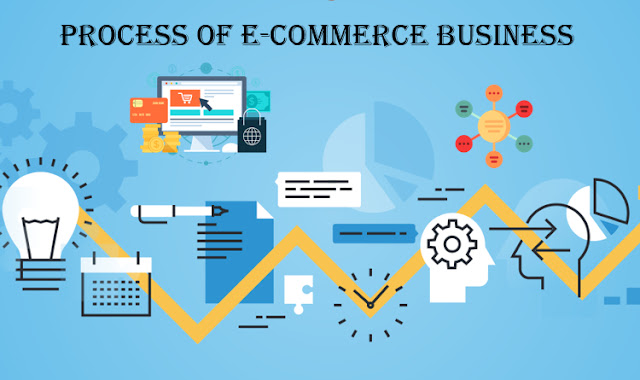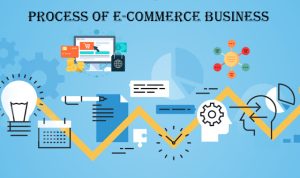Introduction to Shopify themes
-
Importance of choosing the right Shopify theme
-
Factors to consider when selecting a Shopify theme
-
Design and aesthetics
-
Responsiveness and mobile-friendliness
-
Customizability and flexibility
-
Loading speed and performance
-
Top 5 best Shopify themes for e-commerce
-
Theme 1: Plak
-
Theme 2:Shella
-
Theme 3: Dawn
-
Theme 4: Ride
-
Theme 5: Turbo
-
How to install and customize Shopify themes
-
Step 1: Accessing the Shopify theme store
-
Step 2: Choosing and previewing themes
-
Step 3: Installing the selected theme
-
Step 4: Customizing theme settings and design elements
-
Tips for optimizing Shopify themes for SEO
-
Using relevant keywords in meta tags and descriptions
-
Optimizing images and multimedia content
-
Ensuring mobile responsiveness and fast loading times
Best Shopify Themes for Your E-commerce Success
When it comes to launching and running a successful e-commerce store, choosing the right Shopify theme can make all the difference. Shopify, as a leading e-commerce platform, offers a wide range of themes that cater to various industries and design preferences. In this article, we’ll delve into the world of Shopify themes, discuss the importance of selecting the best one for your store, and highlight five top-notch themes worth considering.
Introduction to Shopify Themes
Shopify themes are pre-designed templates that determine the overall look and feel of your online store. They play a crucial role in creating a visually appealing and user-friendly interface for your customers. With a plethora of themes available, each with its unique features and customization options, finding the best Shopify theme for your business requires careful consideration.
Importance of Choosing the Right Shopify Theme
The choice of Shopify theme directly impacts user experience, brand perception, and even SEO rankings. A well-designed theme enhances trust, encourages engagement, and can contribute to higher conversion rates. On the other hand, a poorly optimized or outdated theme may result in a subpar user experience and lost sales opportunities.
Factors to Consider When Selecting a Shopify Theme
-
Design and Aesthetics: Choose a theme that aligns with your brand identity and offers visually appealing design elements.
-
Responsiveness and Mobile-Friendliness: Ensure that the theme is optimized for mobile devices to cater to the growing number of mobile shoppers.
-
Customizability and Flexibility: Look for themes that allow easy customization of colors, fonts, layouts, and other design elements to reflect your unique stylez
-
Loading Speed and Performance: Opt for lightweight themes that prioritize speed and performance, contributing to a seamless browsing experience.
Top 5 Best Shopify Themes for E-commerce
-
Theme 1: Plak
-
Theme 2: Shella
-
Theme 3: Dawn
-
Theme 4: Ride
-
Theme 5: Turbo
How to Install and Customize Shopify Themes
Installing and customizing a Shopify theme is a straightforward process that involves accessing the Shopify theme store, choosing a theme, and then customizing it to suit your brand’s aesthetics and functionality requirements.
-
Accessing the Shopify Theme Store: Log in to your Shopify dashboard and navigate to the “Themes” section.
-
Choosing and Previewing Themes: Browse through the available themes, preview them to see how they look with your content, and choose the one that best fits your needs.
-
Installing the Selected Theme: Once you’ve selected a theme, install it with a few clicks and set it as your active theme.
-
Customizing Theme Settings and Design Elements: Modify colors, fonts, layout structures, and add custom elements such as logos and banners to personalize the theme.
Tips for Optimizing Shopify Themes for SEO
In addition to aesthetics and functionality, optimizing your Shopify theme for search engines is crucial for attracting organic traffic and improving visibility. Here are some SEO tips specifically tailored for Shopify themes:
-
Use relevant keywords in meta tags, descriptions, and product titles to improve search engine rankings.
-
Optimize images and multimedia content by adding alt text and compressing files to enhance page load speed.
-
Ensure mobile responsiveness and fast loading times, as these are key factors in Google’s mobile-first indexing.


